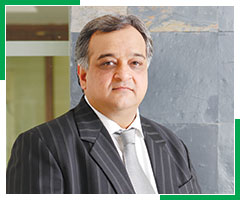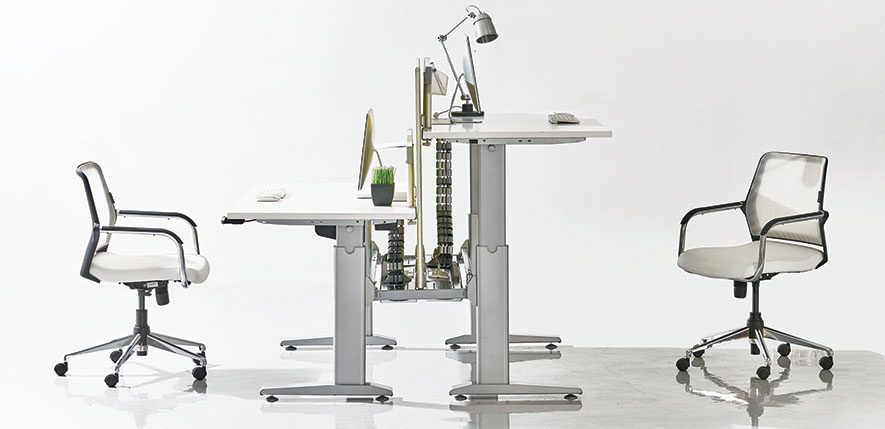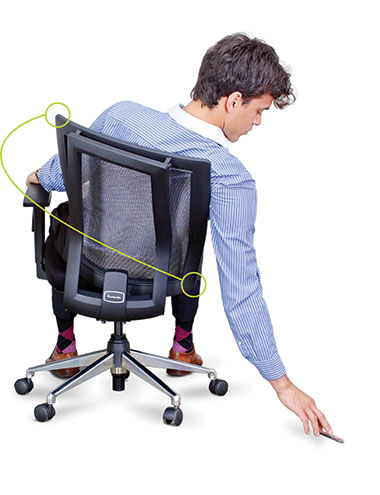
Traditionally, workspaces were focused on the individual, with every employee in the company having an allocated work point, which became a symbol of his/her status and identity in the company. Although sometimes used politically, the allocated work point ultimately served a positive purpose, allowing individual employees to express who they were and supporting how they worked. Promoting the human instinct within us all to mark our territory, work point ownership contributed to employee engagement and motivation by helping employees create a sense of place and belonging in addition to helping them form emotional attachments and connections.
As the focus of today’s workplace shifts away from the individual and more towards the team, the workspace is following suit. With workspace sharing approaches such as hot-desking and activity-based working, the individually allocated work point is disappearing and the broader team owned spaces incorporating shared work points are proliferating.
The physical workplace needs to support employees on various levels (physical, functional, and psycho-social). Supporting the psycho-social needs of employees becomes more difficult in workspace sharing approaches, which change the focus from ‘me’ to ‘we’ and take away some familiar comforts including knowing where your friends and team members are, tailoring your workspace to suit your personality and work style, etc.

Without individual ownership of work points, the integration of employees into the corporate culture and the maintenance of engagement are altered. To support this change, employees, and most importantly their leaders, need to go through competency training to support different behaviors and attitudes: a change from ‘me’ to ‘we’. An individual no longer owns/claims the same work point every day, a group now owns a space and a team member can claim a different space for several hours every day depending on what they are doing, what their team is doing, how they feel, and who they are working with.
This transition from ‘me’ to ‘we’ needs to be supported by the physical workplace and even the products within the workplace. Team designated areas in the neighborhoods where lockers now reside become imperative, as these areas present the only opportunity for employee personalization and expression. Employees can personalize and express who they are in them. Social areas must be utilized to promote a community and leaders need to help employees connect – from a work and personal perspective – while technology needs to assist in knowledge sharing and translating interactions into positive collaborations.
In a scenario where business competition is becoming fiercer, companies both young and old, need to develop a working environment that boosts collaboration, which in turn, is likely to help boost overall productivity. Every working environment has different needs and requirements, so the workstations must be designed to suit varied needs. These include agile workstations that can be configured easily to become a place for holding small meetings and discussions rather than going to the conference hall. An office/workplace can be efficient, flexible, and effective if it promotes a dynamic ambiance rather than a static one. Workstations should be created to give the advantage of having numerous and different places for different purposes within an area. This will maximize the office place while saving cost.
New Gen Furniture

Featherlite’s Liberate chair, for instance, is designed to respond to the user’s every movement to provide support at any angle. The chair is built with health orientated ergonomics, and features the DynaFlex system that provides intelligent feedback to the user. This unique system offers unprecedented flexibility and freedom to the user, putting items on either side within easy reach. It also features a special flex lumbar support that synchronizes perfectly with the user’s back in all positions of recline. While in the upright, locked position, DynaFlex provides a comfortable cushioning that stimulates the spine and abdominal muscles to promote a healthy posture and back.















